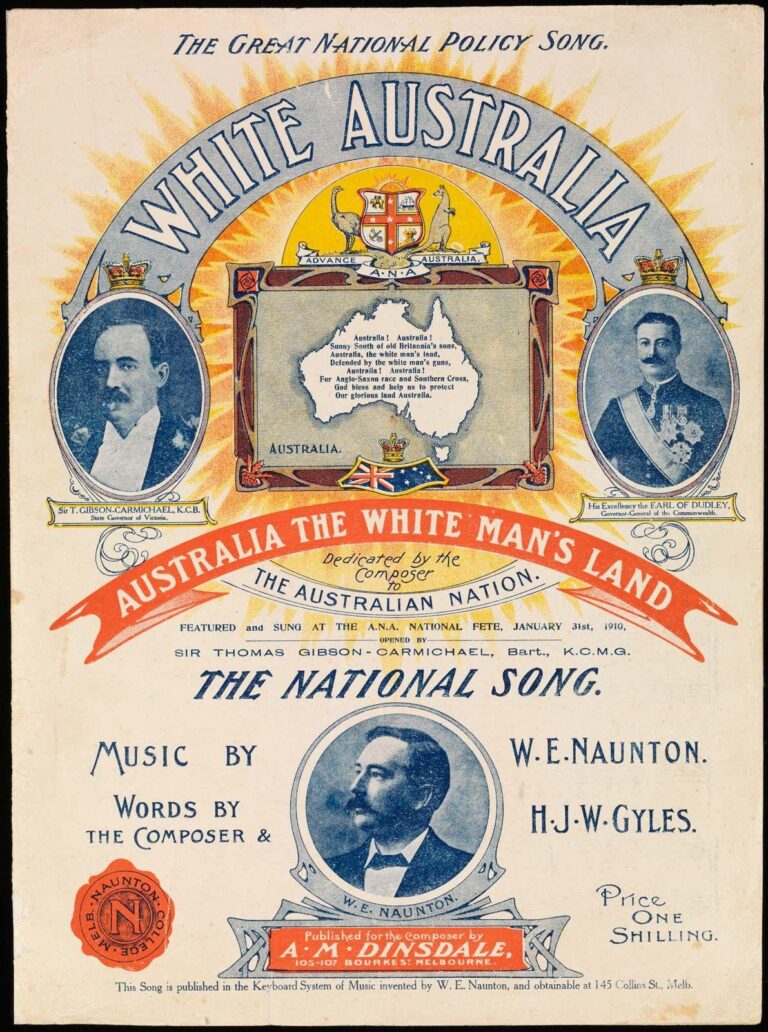The White Australia policy, a series of historical laws and regulations aimed at restricting non-European immigration, has long shaped the nation’s demographic and social landscape. Instituted in the early 20th century, these measures reflected prevailing attitudes toward race and national identity that influenced Australia’s immigration system for decades. Today, the legacy of the White Australia policy remains a subject of critical examination as the country continues to grapple with its multicultural identity and the ongoing impact of its immigration history. This article explores the origins, implementation, and eventual dismantling of the White Australia policy, drawing on insights from Britannica to provide a comprehensive overview.
Origins and Implementation of the White Australia Policy Explaining Its Social and Economic Impact on Australian Society Lessons Learned and Recommendations for Addressing Historical Racial Policies
The White Australia Policy, formally enacted through a series of legislations starting in 1901, was designed to restrict non-European immigration and preserve a homogeneous Anglo-Celtic cultural identity. Rooted in the socio-political milieu of Federation, its implementation was driven by fears of economic competition, racial prejudice, and a desire to maintain British cultural dominance. The Immigration Restriction Act 1901 was the cornerstone, utilizing mechanisms such as the dictation test-a deliberately complex literacy exam used to exclude unwanted immigrants. Beyond legislative measures, the policy was reinforced by social norms and institutional practices that marginalized non-white communities, effectively shaping national identity along explicitly racial lines.
The social and economic repercussions were profound and enduring. Economically, it protected the wages and job security of white Australian workers but simultaneously constrained the labor market, limiting cultural diversity and innovation. Socially, it entrenched systemic racism and exclusion, fostering divisions that reverberate to the present day. The policy’s legacy is marked by lessons on the critical need for inclusive multiculturalism and vigilance against legislative discrimination. Addressing these historical injustices involves:
- Comprehensive education reforms that integrate this history into national curricula
- Active promotion of diversity in media and public discourse
- Policy frameworks that ensure equal opportunities regardless of background
| Aspect | Impact | Modern Response |
|---|---|---|
| Legislative Exclusion | Restricted non-white immigration | Repeal and anti-discrimination laws |
| Labor Market Control | Wage protection for white workers | Diverse workforce initiatives |
| Social Segregation | Marginalization of minorities | Multicultural policies and reconciliation |
Insights and Conclusions
The White Australia policy, a defining yet contentious chapter in the nation’s history, has long shaped Australia’s social and political landscape. While officially dismantled in the latter half of the 20th century, its legacy continues to inform contemporary discussions on immigration, identity, and multiculturalism. Understanding this policy’s origins and impact remains crucial for comprehending Australia’s evolving journey towards inclusivity and diversity. As the nation moves forward, reflecting on the lessons of the past is essential in shaping a more equitable future.




